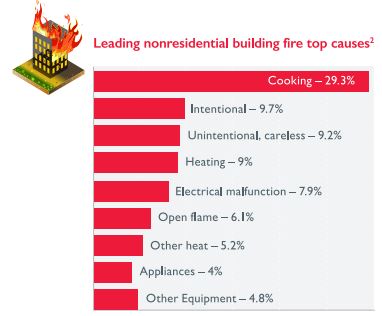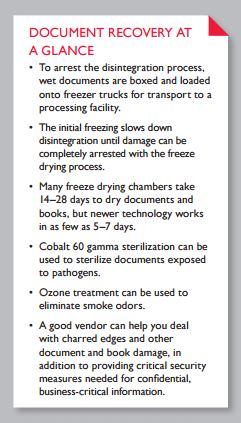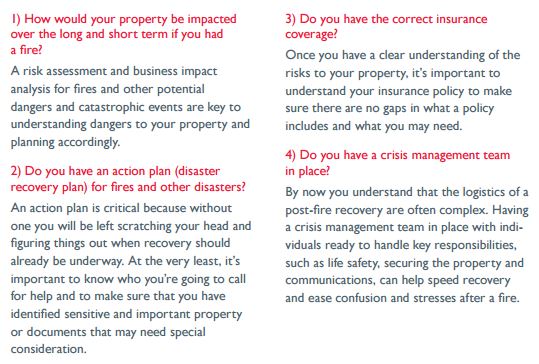It is standard for companies to insure and protect cash, inventory, property, plants and equipment, and more recently, data. Companies are insuring every step in the supply chain and sales process from concept to delivery. What is often not insured, however, is the last but most important part of a sales transaction—getting paid. You can safely bring your product to market, but if a partner or customer defaults on payment and you have no recourse, you’ve lost your total investment. Your balance sheet takes the hit.
As with most risks, there is insurance for that, too. Accounts receivable insurance protects what is often a company’s most critical asset on the balance sheet. More than just protection from non-payment, accounts receivable insurance puts companies in a stronger position to secure loans with improved credit quality. With accounts receivable Insurance acting as a second source of repayment, a company can assure a lender it will not have covenant issues if there is default by a customer.
Consider these hypothetical scenarios: Bob’s company is based in Canada and he sells components to computer chip manufacturers throughout North America. He buys parts from foreign markets to make his product. The company that supplies Bob with parts has been working with Bob for 30 years. Bob has always paid them for their deliveries. Recently, Bob has struggled to receive payment from his customers in North America due to their decline in computer chip sales.
As a result, Bob is now finding it difficult to pay his supplier on time. The supplier believed Bob had risk management protections in place and would always pay them for their delivery. They never thought Bob would go bankrupt. Fortunately for both Bob and his supplier, he has accounts receivable Insurance. Even though he was exposed to the risk of his customers not paying, his accounts receivable Insurance kicked in as a second source of repayment.
Here is another example regarding the uncertainty of political events in a global economy and how they can impact a company’s balance sheet. A U.S. exporter is selling to Latin America and there are a few countries within the region that are approaching elections. A regime change could mean changes in policies, resulting in the possible cancellation of an import or export license, a moratorium on the payment of any external debts outside the country, or the inability to convert local currency to hard exchangeable currency to make payment. With an accounts receivable program protecting assets, the exporter is able to securely transact with their customers in a foreign market, knowing they’ve mitigated the risk of non-payment due to any potential policy changes or actions.
These examples are not hard to imagine. What is startling to see are estimates that only 8% of U.S. companies have accounts receivable insurance compared with 70% of European companies. In Europe, boards mandate this coverage.
This underscores the differences between regional risk perceptions. Perhaps there is a greater recognition of the account receivable risks for companies operating in multiple countries, including developing nations with a high degree of political instability.
With the new U.S. administration, Brexit and other unpredictable market forces in play, it is certain that we will be seeing shifts in the global economy. Undoubtedly, there will be bumps along the supply chain as well, and companies will face challenges, including non-payment.
These bumps are not only for the largest global organizations, however. Middle-market companies will face a new competitive landscape, with a push to focus manufacturing in the U.S., and changes to the flow of their supply chain. This will impact costs and the need for extra working capital. Accounts receivable insurance should be viewed as a tool to bolster the balance sheet to provide the liquidity needed to advance business goals.
Accounts receivable coverage provides a competitive edge by giving suppliers the ability to extend credit to their customers as opposed to requiring payment in advance or on delivery. It can be helpful in lengthening payment terms with customers to match or exceed the competition and allows for these aggressive growth strategies without taking additional balance sheet risk. Accounts receivable insurance also can help a company obtain a higher advance rate with lenders that use accounts receivables as collateral. This will provide increased liquidity without having to increase the asset base and can help in negotiating lower borrowing rates.
Supply chain risks are currently taking center stage as one of our greatest concerns. Don’t forget to protect the ultimate objective in the sales process—collecting payment.




 stems; they may have flooding from sprinklers, which, mixed with soot, can cause other complications; there may be smoke damage, which can by carried throughout a building through air conditioning systems; and there can be chemical residue from fire suppression systems.
stems; they may have flooding from sprinklers, which, mixed with soot, can cause other complications; there may be smoke damage, which can by carried throughout a building through air conditioning systems; and there can be chemical residue from fire suppression systems.